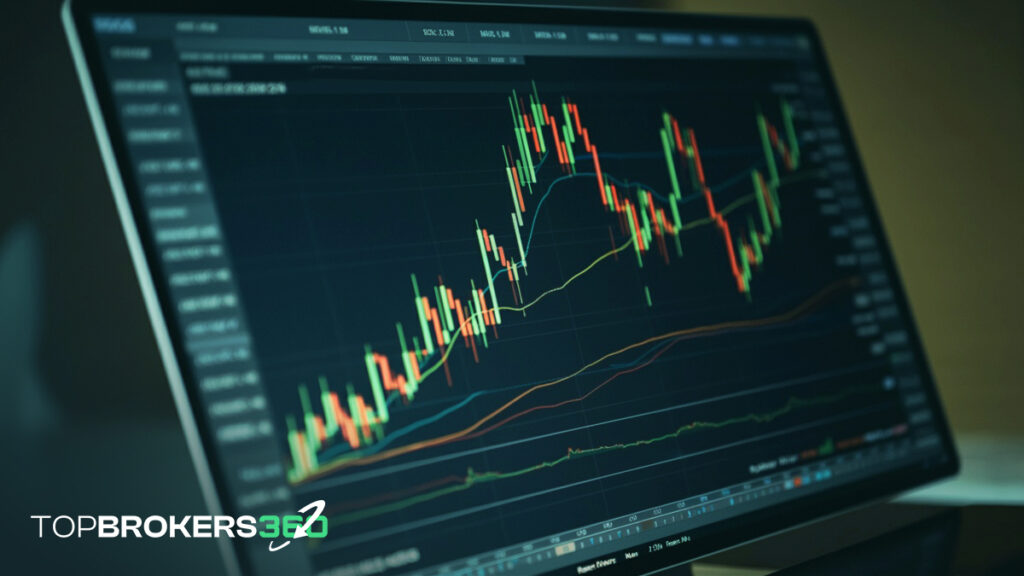- 1. What Are Technical Indicators?
- 2. Step 1: Choose the Right Technical Indicators
- 3. Step 2: Combine Indicators for Better Insights
- 4. Step 3: Apply Indicators Across Different Timeframes
- 5. Step 4: Practice on a Demo Account
- 6. Step 5: Maintain Consistency and Adapt as Needed
- 7. It’s Time to Start Using Technical Indicators
What Are Technical Indicators?

Step 1: Choose the Right Technical Indicators
- RSI (Relative Strength Index): Measures the speed and change of price movements, helping traders identify overbought or oversold conditions.
- MACD (Moving Average Convergence Divergence): Indicates the strength and direction of a trend, making it invaluable for timing entries and exits.
- Moving Averages: Smooth out price data over time to identify trends and reduce market noise, providing clarity in volatile conditions.
Step 2: Combine Indicators for Better Insights
Using multiple indicators together can provide a more accurate understanding of market trends, reducing the likelihood of false signals. Each indicator has its strengths and weaknesses, but when used in combination, they can complement one another to give a clearer picture of market behavior.
For instance, pairing Bollinger Bands with Fibonacci retracement levels can be a powerful strategy. Bollinger Bands help traders visualize price volatility and identify when an asset is trading at extreme levels relative to its average. On the other hand, Fibonacci retracement levels highlight potential areas of price reversals, allowing traders to pinpoint optimal entry and exit points.
By combining these tools, you can confirm signals from one indicator with the insights provided by another, reducing guesswork and increasing confidence in your trades. This approach is especially valuable during volatile market conditions, where relying on a single indicator may lead to misleading conclusions.

Step 3: Apply Indicators Across Different Timeframes
To trade effectively, it is important that you analyze indicators across multiple timeframes. Relying on a single timeframe can provide a limited perspective while combining different timeframes allows you to see both the big picture and the finer details of market movements. This approach ensures your strategies are well-rounded and aligned with overall market conditions.
- Daily Timeframes: Offer a broader view of market trends, making them suitable for planning long-term trades and identifying key support or resistance levels.
- Hourly or Minute Timeframes: Ideal for short-term trades, providing granular insights into market fluctuations and helping you time precise entries and exits.
By integrating multiple timeframes into your analysis, you can avoid tunnel vision and make more informed decisions. This method allows you to align short-term actions with long-term goals, reducing the risk of conflicting strategies and enhancing your overall trading effectiveness.
Step 4: Practice on a Demo Account
Before applying indicators in a live market, take the time to hone your skills in a risk-free environment by using a demo account. This step is crucial for building confidence and understanding how different indicators work in real market conditions without the fear of losing money.
Experiment with tools like the Stochastic Oscillator to measure market momentum and candlestick patterns to recognize potential price movements. Test various combinations of indicators to determine which ones complement your trading style and goals.
Practicing on a demo account allows you to refine your strategies, learn from mistakes, and build a solid foundation before committing to real capital. It’s an invaluable step for traders at any experience level to ensure they are fully prepared for the complexities of live trading.

Step 5: Maintain Consistency and Adapt as Needed
Consistency is the cornerstone of success in anything you do. Developing a well-tested strategy and sticking to it ensures that your trading decisions are grounded in logic and data rather than emotions. However, financial markets are dynamic, and no single approach works indefinitely.
As market conditions evolve, it is important that you periodically review your strategy and make adjustments when necessary. This could involve refining the indicators you use, altering your timeframes, or tweaking your entry and exit points based on new insights.
The ability to strike a balance between discipline and flexibility is a hallmark of successful traders. Stay consistent in your overall approach but remain open to learning and adapting. This mindset allows you to navigate shifting market trends with confidence and resilience, ultimately improving your trading outcomes.
It’s Time to Start Using Technical Indicators
Mastering how to trade using technical indicators can transform your approach to the forex market, giving you the tools to make informed decisions and improve your results. With indicators like RSI, MACD, and Fibonacci levels, you can analyze trends, identify opportunities, and trade daily with confidence, whether you want to target short-term gains or long-term strategies. Remember, the key to success lies in continuous learning, refining your skills, and adapting your strategy to ever-changing market dynamics.
➟ Learn more about how to trade daily by checking out more educational articles!
